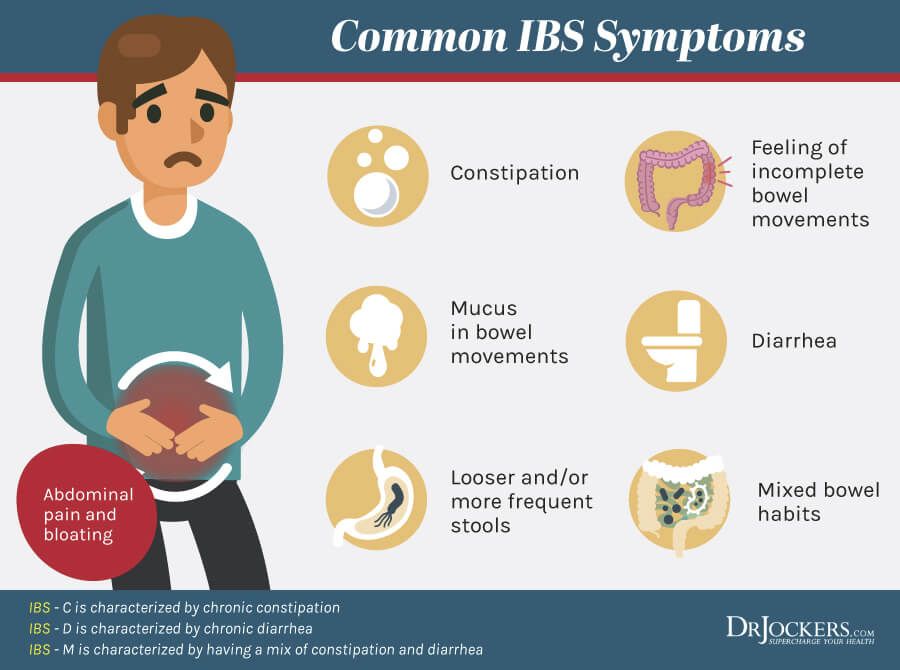Blood in Stool and Pain in Lower Abdomen: Diverticulitis & Diverticulosis – Symptoms, Diagnosis, & Treatment
What are the causes of blood in stool and pain in the lower abdomen? How is diverticulitis and diverticulosis diagnosed and treated? Explore the symptoms, diagnosis, and treatment options for these gastrointestinal issues.
Understanding Diverticulitis and Diverticulosis
Diverticulitis and diverticulosis are two distinct but related gastrointestinal conditions that can lead to blood in the stool and pain in the lower abdomen. Let’s dive into the details of each condition and how they are managed.
Diverticulosis: Causes and Symptoms
Diverticulosis is the condition where small pouches, known as diverticula, form in the colon (large intestine). These pouches are typically harmless and may not cause any symptoms. However, in some cases, the diverticula can become inflamed or infected, leading to a more serious condition called diverticulitis.
The exact cause of diverticulosis is not fully understood, but it is believed to be related to a low-fiber diet and constipation. As people age, the risk of developing diverticulosis increases, with studies showing that up to 60% of people over the age of 60 have diverticula.

Most people with diverticulosis do not experience any symptoms. However, some may notice mild abdominal discomfort, bloating, or changes in bowel habits. In rare cases, the diverticula can bleed, leading to blood in the stool.
Diverticulitis: Symptoms and Complications
Diverticulitis occurs when one or more of the diverticula become inflamed or infected. This can lead to a range of symptoms, including:
- Severe abdominal pain, often localized to the lower left side of the abdomen
- Fever
- Nausea and vomiting
- Changes in bowel habits, such as constipation or diarrhea
- Blood in the stool
Complications of diverticulitis can include:
- Perforation of the colon, leading to a life-threatening infection called peritonitis
- Abscess formation, which can require drainage or surgery
- Fistulas, or abnormal connections between the colon and other organs
- Bowel obstruction
Diagnosing Diverticulitis and Diverticulosis
To diagnose diverticulitis or diverticulosis, your healthcare provider will likely start with a physical examination and ask about your symptoms. They may also order one or more of the following tests:

- Imaging tests, such as a CT scan or MRI, to visualize the diverticula and any inflammation or complications
- Colonoscopy, which allows the doctor to examine the inside of the colon and collect tissue samples if necessary
- Blood tests to look for signs of infection or inflammation
Treating Diverticulitis and Diverticulosis
The treatment for diverticulosis and diverticulitis can vary depending on the severity of the condition and the presence of any complications.
For diverticulosis, the main goal is to prevent the development of diverticulitis. This typically involves dietary changes, such as increasing fiber intake and staying hydrated, as well as managing any underlying constipation or other bowel issues.
For mild cases of diverticulitis, treatment may involve antibiotics, pain medication, and a temporary change in diet to allow the colon to rest and heal. More severe cases may require hospitalization, intravenous antibiotics, or even surgery to remove the affected portion of the colon.

Preventing Diverticulitis and Diverticulosis
While the exact causes of diverticulosis and diverticulitis are not fully understood, there are several steps you can take to reduce your risk:
- Eat a high-fiber diet, which can help prevent constipation and the formation of diverticula
- Stay hydrated by drinking plenty of water
- Exercise regularly to promote healthy bowel function
- Maintain a healthy weight to reduce the strain on your digestive system
- Quit smoking, as smoking is a risk factor for diverticular disease
By understanding the symptoms, causes, and treatment options for diverticulitis and diverticulosis, you can take proactive steps to maintain a healthy digestive system and address any issues that arise. If you experience persistent or severe abdominal pain, blood in your stool, or other concerning symptoms, be sure to consult with your healthcare provider.
Blood in stool (hematochezia): Causes, colors, and treatment
It may be alarming to find blood in the toilet or after wiping. Causes range from hemorrhoids to cancer. Some are relatively harmless, some require treatment, and some may warrant emergency care.
Below, learn more about the possible causes of bloody stool, including those more common in children. Also, find out how doctors diagnose and treat these issues.
An injury to the gastrointestinal (GI) tract, inflammation, and ulcers can all cause the lining of the digestive tract to bleed. In some cases, perforation may occur, resulting in bleeding, abdominal pain, and severe illness.
If bleeding occurs in the GI tract, the blood passes out of the body with the stool.
Specific health issues that can lead to bleeding include the following:
Gastroenteritis
Gastroenteritis refers to viral, fungal, or parasitic infections that affect the stomach and intestines.
It can cause:
- abdominal pain
- nausea and vomiting
- watery diarrhea
- headache
- fever
- muscle aches
In rare cases, some types of bacteria can cause bloody diarrhea.
Symptoms of gastroenteritis can last up to 10 days, depending on the cause.
Infection usually results from:
- consuming food and water from contaminated sources
- improper hand hygiene
- contact with people who have an infection
- consuming spoiled food, resulting in food poisoning
In the past, people often referred to viral gastroenteritis as stomach flu. Doctors no longer use this term as this is a gastrointestinal disease, while flu is a respiratory disease.
What is bacterial gastroenteritis?
Anal fissure
Anal fissures are small tears in the lining of the anus. They may bleed and cause pain during a bowel movement.
Possible causes include:
- inflammatory bowel disease (IBD)
- trauma
- tumors
- infections
- having a tight sphincter, the muscle that allows the anus to open and close
Hemorrhoids
Hemorrhoids are swollen veins in the lower rectum. Straining or passing hard stool can rupture these veins, leading to bloody bowel movements.
People with hemorrhoids may notice a few drops of blood on the stool, on tissue, or in the toilet bowl. Factors that increase the risk of hemorrhoids bleeding include:
- constipation
- diarrhea
- sitting or standing for a long time
- obesity
- heavy lifting
- pregnancy
Peptic ulcers
Peptic ulcers are open sores that develop in the lining of the stomach or duodenum.
A peptic ulcer that forms on a blood vessel may cause bleeding and bloody stools.
Other symptoms include:
- bloating and belching
- nausea
- vomiting
- reduced appetite and weight loss
These ulcers can result from infection with Helicobacter pylori bacteria or from the long-term use of nonsteroidal anti-inflammatory drugs (NSAIDs).
Diverticula
Diverticula are small pockets that can form inside the colon. They are prone to infection and inflammation and can sometimes rupture and bleed.
The medical term for infection and inflammation of diverticula is diverticulitis. Diverticulitis is a type of diverticular disease.
Other symptoms of diverticular disease include:
- constipation
- diarrhea
- abdominal pain
- bloating
Experts do not know what causes diverticular disease.
Inflammatory bowel disease
Inflammatory bowel diseases, such as Crohn’s disease and ulcerative colitis, can cause bloody stool.
As well as rectal bleeding or blood in stool, symptoms include:
- abdominal pain
- diarrhea
- weight loss
- fatigue
Experts do not know exactly what causes IBD, but it involves changes to the immune system. Genetic factors may also play a role.
Anal fistula
An anal fistula is a small tunnel that forms between the end of the bowel and the skin near the anus. Fistulas can also start in the colon and lead to another organ or the surface of the skin.
Colonic and anal fistulas are rare but can result as a complication of:
- surgery
- diverticulitis
- Crohn’s disease
- cancer
- an infection
After an infection, pus can collect in tissues surrounding the anus.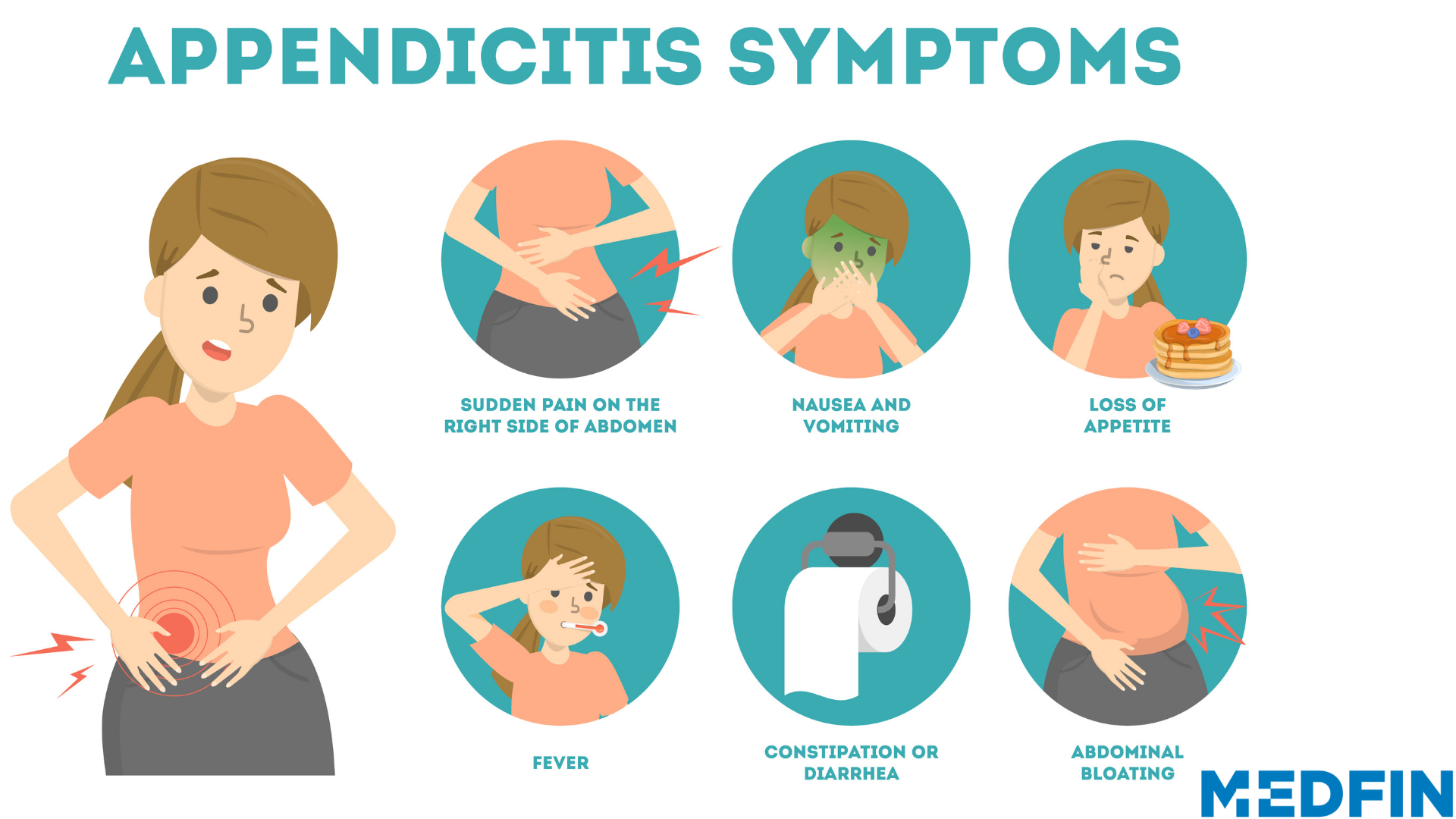 As the pus drains, it leaves behind the fistula, which may continue to ooze pus or blood.
As the pus drains, it leaves behind the fistula, which may continue to ooze pus or blood.
Symptoms include:
- diarrhea
- pain
- weight loss
- stool or gas passing through the skin, vagina, or urinary tract instead of the anus
Medication
A person may experience GI bleeding as a side effect of blood-thinning medications, such as:
- warfarin (Coumadin)
- enoxaparin (Lovenox)
- apixaban (Eliquis)
Anyone who takes a blood-thinning medication and has a bloody bowel movement should notify their doctor immediately if they see blood in their stool.
Colon polyps
Colon polyps can lead to bloody stools. These small growths may be benign or precancerous.
Often, there are no symptoms, but a person may notice:
- red streaks in stool
- black stool
- bleeding from the rectum
- blood on underwear or tissue after wiping
- fatigue due to anemia
Experts do not know why polyps occur, but they become more likely as people get older. A family history of polyps can also increase the chance of having them.
A family history of polyps can also increase the chance of having them.
Cancer
Cancerous tumors of the GI tract can weaken the lining of the GI tissues, causing them to bleed.
However, cancer may be present without any visible signs of bleeding. People with a higher risk of cancer in the digestive system can ask a doctor about screening with a FIT test, also known as a fecal occult blood test.
This can show if small traces of blood are present in stool that are not visible to the eye.
Bloody stool may be especially common in infants. Some causes include:
- Food allergies: Allergies to proteins in food or milk can cause gastroenteritis that leads to intestinal bleeding.
- Structural changes: Issues that cause the intestines to become twisted — such as intestinal malrotation and volvulus — may lead to bleeding.
- Necrotizing enterocolitis: This serious disease causes inflammation and tissue death within the large intestine.
 It usually affects premature or newborn babies. The disease can cause:
It usually affects premature or newborn babies. The disease can cause:- bloating
- vomiting bile
- blood in stool
Share on PinterestInfographic by Bailey Mariner
Blood in stool may result from bleeding in the upper or lower GI tract — and the color of the blood can help indicate its source.
Black, tarry stool
Black, tarry stool may point to a bleed in the upper GI tract. As a general rule, the darker the blood, the higher the source of the bleed.
The upper GI tract includes the mouth, esophagus, stomach, and upper part of the small intestine, called the duodenum.
According to the American College of Surgeons, upper GI bleeding is more common than lower GI bleeding, accounting for about 70% of all GI bleeds.
Bright red blood
This is usually a sign of a bleed in the lower GI tract. This section consists of the large intestine, rectum, and anus.
No change in color
Sometimes there is blood in stool, but it only shows up in a lab test.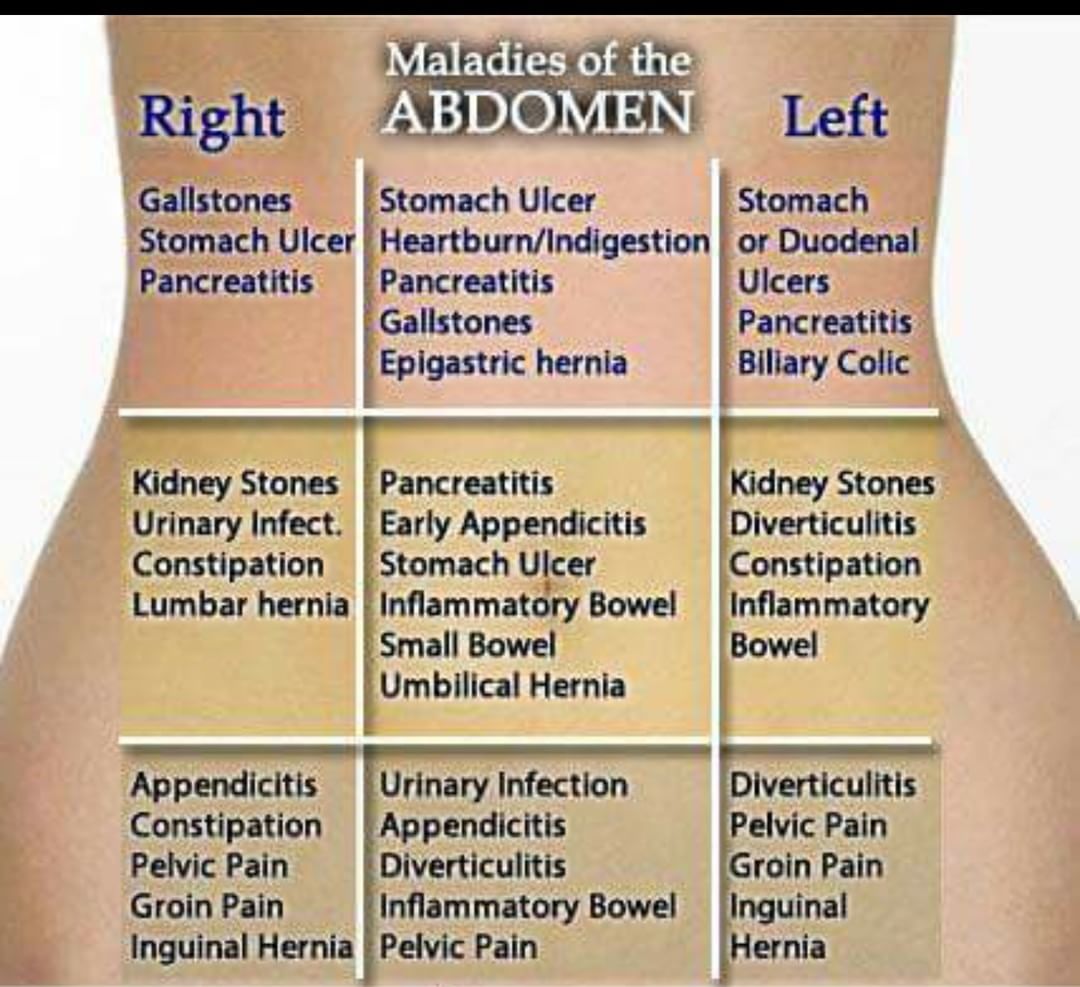 It is not visible in the stool. For people with a family history of bowel cancer, a doctor may recommend screening.
It is not visible in the stool. For people with a family history of bowel cancer, a doctor may recommend screening.
A doctor will likely ask:
- how much blood was visible
- whether it was only on the toilet paper or in the bowel movement
- how often the blood appeared
- if there was any pain or other symptoms associated with the bowel movement
They may carry out an examination of the rectum and order tests to help identify the cause and check how much blood the person has lost.
The next steps depend on how much blood was lost.
Emergency situations
If a person reports significant blood loss, a doctor may order a CT scan to rule out perforation.
If there is no perforation, they may perform an urgent endoscopy.
This involves inserting a thin, flexible tube with a camera at one end into the upper or lower end of the GI tract, depending on the type of blood the person has seen. In this way, they will look for the source of the bleeding.
An upper endoscopy involves guiding the endoscope through the mouth and down into the upper GI tract. A colonoscopy is a form of endoscopy that involves inserting the endoscope into the anus and through the lower GI tract.
Once the doctor has identified the source of the bleeding, they can insert tiny instruments through the endoscope and use them to repair the damaged tissue.
If the doctor is unable to resolve the bleed, they may recommend surgical removal of all or part of the damaged area.
Nonemergency situations
If the bleeding does not appear to be life threatening, the doctor may order or perform a:
- Fecal immunochemical blood test (FIT): Also known as a fecal occult blood test, this involves analyzing a stool sample for the presence of blood that may not be visible to the eye.
- Complete blood count: This blood test can help determine the extent of blood loss.
- Digital rectal examination: This involves examining the rectum manually, to identify hemorrhoids or other causes of bleeding within the rectum.

- Endoscopy: This procedure allows the doctor to view the inner lining of the GI tract.
The best approach depends on the cause and source of the bleeding within the GI tract.
If bleeding results from an ulcer, infection, or inflammation, the doctor may prescribe medications.
If cancer is present, they will recommend a suitable course of treatment, depending on the stage and other factors.
In some cases, surgery is necessary to prevent further bleeding. The doctor may perform it using endoscopy or colonoscopy. The procedure may involve:
- injecting medicines to stop the bleeding
- cauterizing the site using a heat probe, electric current, or laser
- closing off the affected blood vessels using a band or clip
A person should seek medical attention as soon as possible if they notice black or dark red stool or have bloody diarrhea.
A person with the following symptoms may be losing a large amount of blood and should seek emergency medical help:
- a lot of blood or clots in the toilet bowl
- a large amount of red or dark blood in a bowel movement
- dizziness
- extreme fatigue
- a pale appearance
- a rapid heartbeat
- shortness of breath
Some symptoms are less severe but still warrant investigation. A person should see a doctor if they experience:
A person should see a doctor if they experience:
- unexplained abdominal pain
- pain when passing stool
- a small amount of blood in a bowel movement
Here are some answers to questions people often ask about blood in stool.
Is blood in your stools serious?
Often, blood in stool is a sign of hemorrhoids or piles. In some cases, however, it can be a sign of a more serious condition, such as bowel cancer or internal bleeding.
It is always best to check with a doctor if you notice blood in your stool. If you do not have blood in your stool, but there is a family history of bowel cancer, ask about screening.
When should I be worried about blood in my stool?
People should see a doctor as soon as possible if:
- the stool is black or dark red
- bloody diarrhea occurs
- there is a lot of blood, there are blood clots, or bleeding is non-stop
Non-stop bleeding is a medical emergency. A person should call 911 or go to the emergency room.
Blood in the stool may turn out to be nothing alarming but it is always best to discuss it with a healthcare professional. They can help determine whether or not further testing is necessary.
A person should seek emergency medical care if there is a lot of blood, if there are blood clots, or if they have other signs of blood loss, such as dizziness or fainting.
Rectal bleeding Information | Mount Sinai
Rectal bleeding; Blood in the stool; Hematochezia; Lower gastrointestinal bleeding
Rectal bleeding is when blood passes from the rectum or anus. Bleeding may be noted on the stool or be seen as blood on toilet paper or in the toilet. The blood may be bright red. The term “hematochezia” is used to describe this finding.
The anus is a sphincter at the end of the rectum through which passes stool during defecation.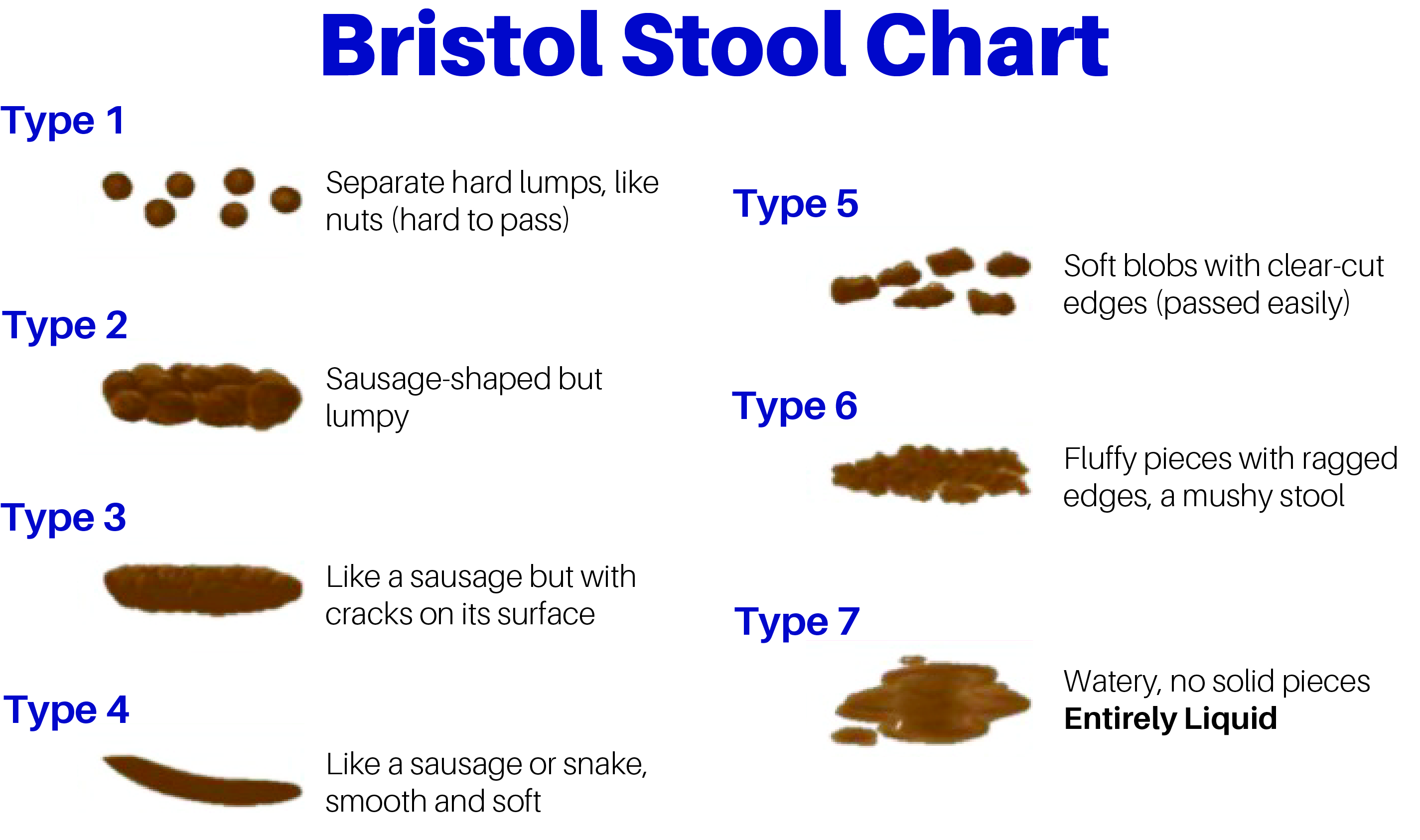 The anal sphincter is a critical mechanism for control of fecal continence.
The anal sphincter is a critical mechanism for control of fecal continence.
The most common causes of hemorrhoids are straining at bowel movements, prolonged sitting and pregnancy. Internal hemorrhoids occur above the anal sphincter, and external hemorrhoids occur below, outside the anal canal.
There are 3 basic tests for colon cancer; a stool test (to check for blood), sigmoidoscopy (inspection of the lower colon), and colonoscopy (inspection of the entire colon). All 3 are effective in catching cancers in the early stages, when treatment is most beneficial.
Considerations
The color of the blood in the stools may indicate the source of bleeding.
Black or tarry stools may be due to bleeding in the upper part of the GI (gastrointestinal) tract, such as the esophagus, stomach, or the first part of the small intestine. In this case, blood is most often darker because it gets digested on its way through the GI tract. Much less commonly, this type of bleeding can be brisk enough to present with bright red rectal bleeding.
Much less commonly, this type of bleeding can be brisk enough to present with bright red rectal bleeding.
Bleeding from the rectum may also be red or fresh. This usually means that the source of bleeding is the lower GI tract (colon and rectum).
Eating beets or foods with red food coloring can sometimes make stools appear reddish. In these cases, your doctor can test the stool with a chemical to rule out the presence of blood.
Causes
Rectal bleeding causes include:
- Anal fissure (a cut or a tear in the anal lining, often caused by straining hard, hard stools or frequent diarrhea). It may cause sudden onset of rectal bleeding. There is most often pain at the anal opening.

- Hemorrhoids, a common cause of bright red blood. They may or may not be painful.
- Proctitis (inflammation or swelling of the rectum and anus).
- Rectal prolapse (rectum protrudes from the anus).
- Trauma or foreign body.
- Colorectal polyps.
- Colon, rectal, or anal cancer.
- Ulcerative colitis.
- Infection in the intestines.
- Diverticulosis (abnormal pouches in the colon).
When to Contact a Medical Professional
Contact your health care provider if there is:
- Fresh blood in your stools
- A change in the color of your stools
- Pain in the anal area while sitting or passing stools
- Incontinence or lack of control over passage of stools
- Unexplained weight loss
- Drop in blood pressure that causes dizziness or fainting
You should see your provider and have an exam, even if you think that hemorrhoids are causing the blood in your stool.
In children, a small amount of blood in the stool is most often not serious. The most common cause is constipation. You should still tell your child’s provider if you notice this problem.
What to Expect at Your Office Visit
Your provider will take a medical history and perform a physical exam. The exam will focus on your abdomen and rectum.
You may be asked the following questions:
- Have you had any trauma to the abdomen or rectum?
- Have you had more than one episode of blood in your stool? Is every stool this way?
- Have you lost any weight recently?
- Is there blood on the toilet paper only?
- What color is the stool?
- When did the problem develop?
- What other symptoms are present (abdominal pain, vomiting blood, bloating, excessive gas, diarrhea, or fever?
You may need to have one or more exams or tests to look for the cause:
- Digital rectal exam.

- Anoscopy.
- Sigmoidoscopy or colonoscopy to look inside your colon using a camera at the end of a thin tube to find or treat the source of bleeding may be needed.
- Angiography.
- Bleeding scan.
You may have one or more lab tests before, including:
- Complete blood count (CBC)
- Serum chemistries
- Clotting studies
- Stool culture
DeGeorge LM, Nable JV. Gastrointestinal bleeding. In: Walls RM, ed. Rosen’s Emergency Medicine: Concepts and Clinical Practice. 10th ed. Philadelphia, PA: Elsevier; 2023:chap 26.
Kaplan GG, Ng SC. Epidemiology, pathogenesis, and diagnosis of inflammatory bowel diseases. In: Feldman M, Friedman LS, Brandt LJ, eds. Sleisenger and Fordtran’s Gastrointestinal and Liver Disease. 11th ed. Philadelphia, PA: Elsevier; 2021:chap 115.
Philadelphia, PA: Elsevier; 2021:chap 115.
Kwaan MR. Hemorrhoids, anal fissure, and anorectal abscess and fistula. In: Kellerman RD, Rakel DP, eds. Conn’s Current Therapy 2022. Philadelphia, PA: Elsevier; 2022:219-222.
Lamps LW. Anus. In: Goldblum JR, Lamps LW, McKenney JK, Myers JL, eds. Rosai and Ackerman’s Surgical Pathology. 11th ed. Philadelphia, PA: Elsevier; 2018:chap 18.
Swartz MH. The abdomen. In: Swartz MH, ed. Textbook of Physical Diagnosis: History and Examination. 8th ed. Philadelphia, PA: Elsevier; 2021:chap 17.
Last reviewed on: 5/6/2022
Reviewed by: Michael M. Phillips, MD, Emeritus Professor of Medicine, The George Washington University School of Medicine, Washington, DC. Also reviewed by David C. Dugdale, MD, Medical Director, Brenda Conaway, Editorial Director, and the A.D.A.M. Editorial team.
Blood in stool during bowel movements, occult blood in stool
This disease is treated by Proctologist
The information provided on this page should not be used for self-treatment or self-diagnosis. If you suspect a disease, you should seek help from a qualified specialist. Only your doctor can diagnose and prescribe treatment.
If you suspect a disease, you should seek help from a qualified specialist. Only your doctor can diagnose and prescribe treatment.
Article content:
- Varieties of feces with blood
- What does blood in stool mean
- Symptoms in this pathology
- Is this problem dangerous?
- Who to contact? How to prepare for examination and analysis
- Diagnosis of causes
What is bloody stool?
The appearance of blood in the stool during defecation is always an alarming sign. Such a symptom occurs in the presence of defects in the mucous membrane, violation of the integrity of the vessels, which provokes bleeding. It is important to emphasize that the appearance of blood during defecation does not always indicate tumor lesions of the large intestine. However, its appearance is a reason to visit a doctor and have an examination to rule out a number of diseases – proctitis, hemorrhoids, anal fissures, etc.
Varieties of feces with blood
The color of blood expelled during bowel movements can be bright red or cherry, purple or almost black. The volume of bleeding varies significantly – from copious outflow of blood to a few drops, smearing secretions. Defecation against the background of the appearance of blood can be absolutely painless, with pain only in the anus or lower abdomen, throughout the intestines. In some cases, there are no visual changes, but hidden blood in the feces is determined, serious pathologies can become its causes.
What does blood in the stool mean
The appearance of different amounts of blood in the stool – from slight to severe bleeding indicates damage to the intestinal mucosa or anus. The causes of this can be serious problems of the colon and rectum. Blood that is noticeable without analysis can be one of the signs of internal, external hemorrhoids, colitis, anal fissures, colorectal cancer. Source:
Causes of blood in the feces in children. Clinical example of marcafa-micheli disease. Fedulova E.N., Bogomolov A.R. Pediatrician, Volume V, No. 2, 2014. p.69-75. The nature of bleeding in each of the diseases can be very different.
Clinical example of marcafa-micheli disease. Fedulova E.N., Bogomolov A.R. Pediatrician, Volume V, No. 2, 2014. p.69-75. The nature of bleeding in each of the diseases can be very different.
Along with blood after defecation, in each pathology, a number of other symptoms appear, by which the diagnosis can be determined.
Hemorrhoids typically have scanty bright scarlet or red discharge, may have dark clots or blood that is not mixed with stool. Additionally, itching and burning in the anus, pain, a feeling of fullness in the rectum, prolapse of nodes are determined.
With anal fissures, red, scarlet blood is released, does not mix with feces, the volume of secretions is small, pain during bowel movements is typical, which quickly passes, a feeling of fullness is possible.
Colon cancer results in red or almost black clotted blood that is released at the onset of a bowel movement. Fecal masses can be completely stained with blood. Additionally, there is mucus in the stool, impurities of pus, an unpleasant odor, abdominal pain, problems with the stool, bloating, weakness, weight loss.
In ulcerative colitis, blood is mixed with feces, has the appearance of inclusions or mucus with blood, stools are liquid, frequent, with a bad smell, pus, abdominal pain of a cramping nature, bloating, malaise.
Is this problem dangerous?
There are a lot of reasons for the appearance of blood in the stool, so you should not hesitate or self-medicate. It is necessary to consult a doctor and find out the reasons – why there is blood in the stool. With constant blood loss, anemia may develop, which worsens the general condition, inflammatory processes in the intestines, and digestive disorders.
Who to contact? How to prepare for the examination and tests
When such symptoms appear, the first thing to determine is which doctor to contact. This may be a proctologist or a surgeon, an oncologist (if a tumor process is suspected). The doctor will conduct a full examination, ask in detail about all the existing complaints and prescribe a series of tests, laboratory tests.:max_bytes(150000):strip_icc()/severe-stomach-pain-when-to-go-to-the-er-19452821-5c869d9446e0fb00011366d7.png) In order to increase the reliability of studies, it is necessary to properly prepare for them.
In order to increase the reliability of studies, it is necessary to properly prepare for them.
You need to come to the proctologist for examination after taking a shower and all hygiene procedures, with an empty bowel. For testing, the doctor will clarify the conditions in detail, but there is a general rule for all laboratory tests – enemas and laxatives should not be used.
Diagnosis of causes
Diagnosis is made in several stages – a doctor’s consultation, examination, digital rectal examination and biomaterial examination. A proctologist may prescribe fecal occult blood tests, a test for worm eggs, a survey study (coprogram), and general and biochemical blood tests to assess general health. Source:
Non-invasive diagnosis of ulcerative colitis based on fecal lactoferrin and immunochemical test for fecal occult blood. N. V. Filipenko. Problems of health and ecology, 2010. pp.144-151. To assess the condition of the intestine, instrumental studies are prescribed:
- retromanoscopy;
- colonoscopy;
- abdominal ultrasound;
- X-ray with contrast, etc.

What diseases can be a sign of bleeding from the anus?
Anal fissures, hemorrhoids, intestinal diverticula, polyps, intestinal cancer, angiodysplasia of the small and large intestine, intestinal ischemia, vascular thrombosis, acute infectious colitis, ulcerative colitis, Crohn’s disease and many other diseases.
How to understand where the blood comes from?
You can guess by looking into the toilet. If the stomach or small intestine bleeds, you will see black, tarry stools because the blood is mixed with hydrochloric acid. It will be scarlet, in the form of veins and drops, if the rectum bleeds. When bleeding from the colon, cherry-colored blood, evenly mixed with feces. Pinpoint the source of bleeding at 9Endoscopy helps in 0% of cases.
Which doctor should I contact for bleeding from the anus?
You can contact a surgeon, proctologist, gastroenterologist. Often, patients come to the primary appointment with a therapist. This doctor conducts a clinical examination and decides which specialist to refer the patient to, based on the suspected or established source of bleeding.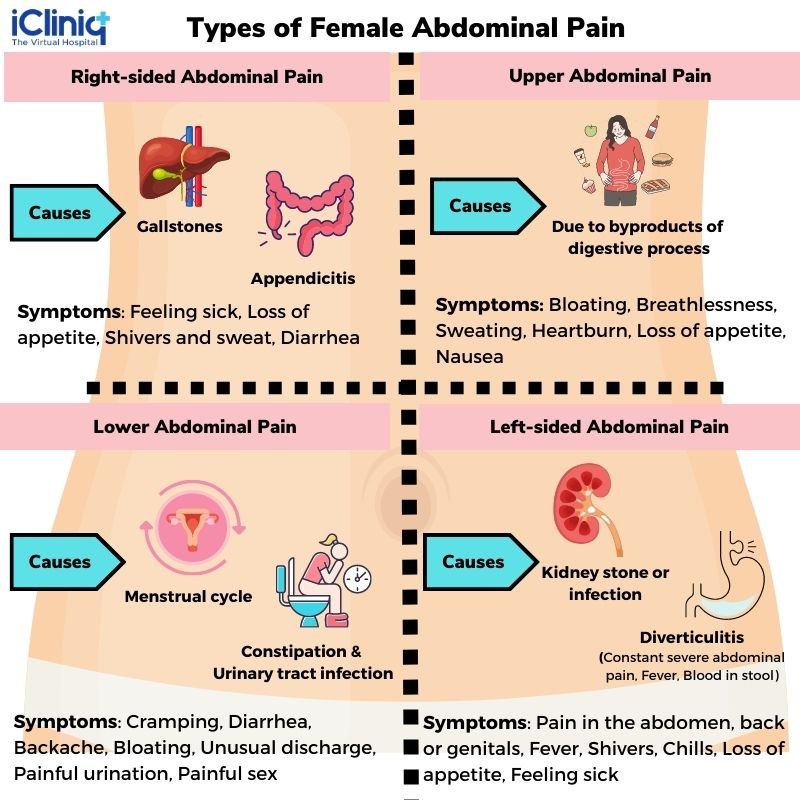
- Immunochromatographic test for the detection of fecal occult blood. Nikitina A.V., Akinshina Yu.A., Nishchakova N.E., Amelina E.A., Mardanly S.G. Clinical laboratory diagnostics, 2019. p.536-540
- Causes of blood in the stool in children. Clinical example of marcafa-micheli disease. Fedulova E.N., Bogomolov A.R. Pediatrician, Vol. V, No. 2, 2014. p.69-75
- Non-invasive diagnosis of ulcerative colitis based on fecal lactoferrin and immunochemical test for fecal occult blood. N. V. Filipenko. Problems of health and ecology, 2010. p.144-151
- Tests for occult blood – screening methods for the detection of precancerous formations and tumors of the colon at an early stage of development. Novikova V.P., Drygin A.N. Pediatrician, V.10, Issue 5, 2019. p.73-78
Article published on : 07/09/2013
Last updated : 02/14/2023
See also
Proctitis
Anal fringes
Fistula of the rectum (chronic paraproctitis)
Causes of pain in the lower abdomen and red blood during bowel movements.
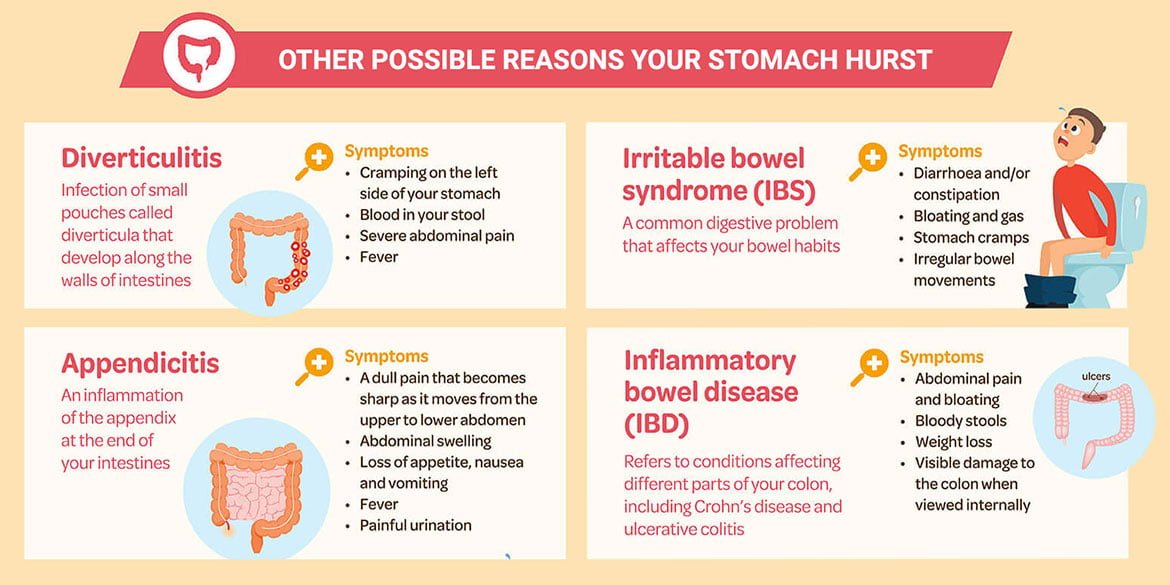 Diagnostics and treatment
Diagnostics and treatment
Contents
- 1 Pain in the lower abdomen, red blood during bowel movements
- 1.1 Hemorrhoids
- 1.2 Cancer of the rectum
- 1.3 Inflammatory diseases
9 0013 1.4 Diverticulosis
- 1.5 Blood flow disorders
- 1.6 Nervous disorders
- 1.7 Adhesive disease
- 1.8 Systemic diseases
- 1.9 Medications
- 1.10 Diagnosing causes
- 1.11 Treating pain in the lower abdomen and red blood during bowel movements
- 1.12 Related videos:
Pain in the lower abdomen and red blood during bowel movements can indicate various diseases: from hemorrhoids and anal fissures rectal cancer. Check out the most common causes and symptoms, and find out when to see a doctor.
Pain in the lower abdomen and red blood during bowel movements are serious problems that often cause concern to patients and doctors. Pain can impair quality of life and limit daily activities, and blood in the stool is a sign of serious illnesses such as colon cancer.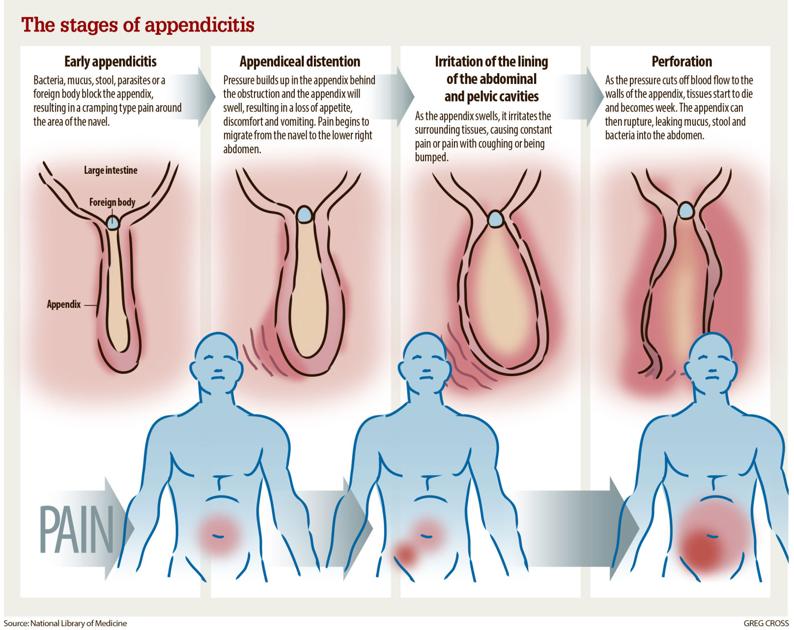
Several factors can cause pain in the lower abdomen with bowel movements and blood in the stool, including constipation, hemorrhoids, anal fissures, and diverticulosis. Establishing an accurate diagnosis can help determine how to treat the condition and prevent possible complications.
Treatment may include drug therapy such as stool softeners, suppositories and creams to treat hemorrhoids and anal fissures, as well as prostate massage and exercise to strengthen the pelvic floor muscles. In some cases, surgery may be required.
If you have pain in your lower abdomen when you have a bowel movement or blood in your stool, see your doctor for diagnosis and treatment. It is important not to delay a visit to the doctor in order to avoid possible complications and maintain health and quality of life.
Hemorrhoids
Hemorrhoids are dilated veins in the anus that can become inflamed and cause lower abdominal pain and blood with a bowel movement. This is one of the most common causes of such symptoms. Chronic hemorrhoids can lead to tumors, thrombosis, and infection.
This is one of the most common causes of such symptoms. Chronic hemorrhoids can lead to tumors, thrombosis, and infection.
Symptoms of hemorrhoids can range from minor discomfort to pain with every bowel movement. Often with hemorrhoids, blood, mucus and itching appear in the anus during defecation.
Diagnosis of hemorrhoids includes analysis of symptoms and examination by a proctologist. In some cases, additional testing, such as a proctoscopy or colonoscopy, may be needed to rule out other possible causes of the symptoms.
Treatment of hemorrhoids includes lifestyle changes such as careful use of toilet paper, proper nutrition, increased physical activity. Medical treatment may include ointments, gels, suppositories, and pain medications. In some cases, surgery may be required, such as laser correction or hemorrhoid removal surgery.
Cancer of the rectum
Cancer of the rectum is a malignant tumor located in the lower part of the rectum. This type of cancer is one of the most common among men and women over the age of 50.
This type of cancer is one of the most common among men and women over the age of 50.
Causes of colorectal cancer can vary, but genetic predisposition is the most common. Also in the risk group are people whose diet is not balanced, who move little and regularly drink alcohol and smoke.
Symptoms of rectal cancer may include problems with bowel movements, painful bowel movements, constipation or diarrhea, feeling of incomplete emptying of the bowel, and disturbed stools. Significantly worsens the general condition of the body.
Methods such as sigmoidoscopy, colonoscopy, computed tomography and magnetic resonance imaging, as well as general and biochemical blood tests are used to diagnose and detect rectal cancer.
Treatment for colorectal cancer depends on the stage of the disease and usually includes surgery to remove the tumor and nearby lymph nodes, chemotherapy, radiation therapy, or combinations thereof, and supportive care.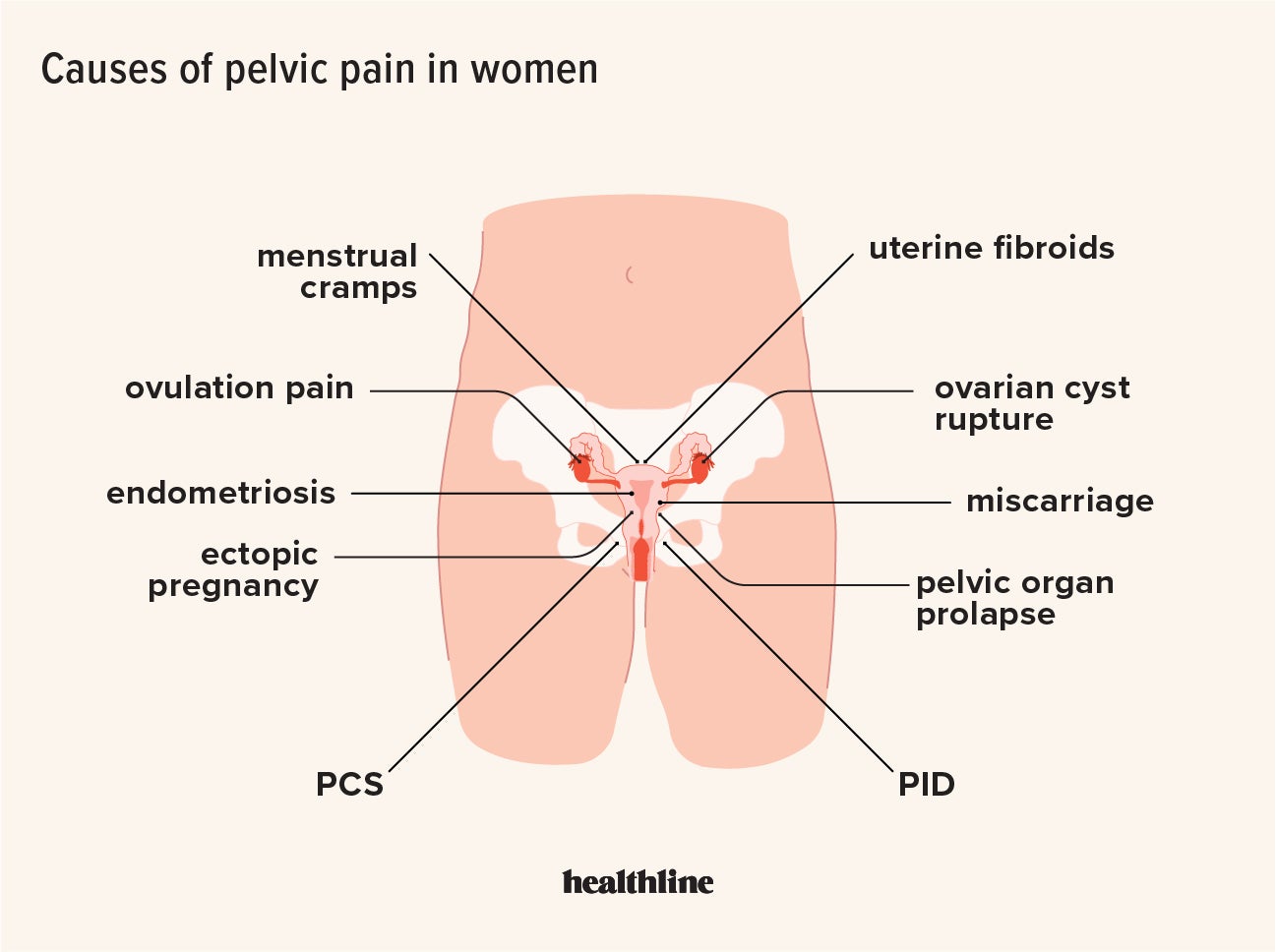
To avoid colorectal cancer, it is important to eat a healthy diet, move enough, stop smoking and drinking alcohol, and get regular preventive examinations by an oncologist.
Inflammatory diseases
Inflammatory diseases may cause pain in the lower abdomen and red blood during bowel movements. They can be triggered by various bacterial or viral infections such as gonorrhea, chlamydia, intestinal infections, and others.
Ulcerative colitis is one of the inflammatory diseases that can lead to pain in the lower abdomen and red blood during bowel movements. This disease affects the colon and leads to the formation of ulcers and bleeding ulcers.
Crohn’s disease is another inflammatory disease that can lead to pain in the lower abdomen and red blood during bowel movements. This disease affects any part of the digestive system, but most commonly affects the small intestine and colon.
Blood tests, stool tests, communication with the patient, as well as endoscopic techniques and biopsy play an important role in the diagnosis of such diseases. Treatment may include antibiotics, steroids, immunosuppressive drugs, and surgery.
Treatment may include antibiotics, steroids, immunosuppressive drugs, and surgery.
- Gonorrhea is a sexually transmitted infectious disease. It can lead to pain in the lower abdomen and red blood during bowel movements. Symptoms may include lower abdominal pain, icteric or greenish urine, unusual discharge, etc.
- Chlamydia is another sexually transmitted infection that can cause lower abdominal pain and red blood during bowel movements. Symptoms may include restless soreness, mood swings, fatigue, etc.
- Intestinal infections is another type of infection caused by a bacterial or viral infection. This can lead to pain in the lower abdomen and red blood during bowel movements. Symptoms include diarrhea, nausea, vomiting, etc.
Diverticulosis
Diverticulosis is a disease of the large intestine in which protrusions called diverticula form on the intestinal wall. This disease is often manifested by pain in the lower abdomen and red blood during bowel movements.
The disease often occurs in older people, as well as in those who suffer from constipation or eat the wrong food. Most diverticula do not cause any symptoms, but under the influence of various factors, they can become inflamed, which leads to pain and bleeding.
Different methods are used to diagnose diverticulosis, such as colonoscopy, gastroscopy, or x-rays. In the treatment of the disease, an integrated approach is used, which includes nutrition correction, medication, physical therapy and, in some cases, surgery.
It is important to know that if you experience pain in the lower abdomen and notice blood during bowel movements, then you need to see a doctor for an examination. Early detection and treatment of diverticulosis can prevent complications and reduce the likelihood of the disease becoming chronic.
Blood flow disorder
Blood flow disorder can cause pain in the lower abdomen and red blood during bowel movements. This can happen due to various reasons, including diseases of the circulatory system, damage to the intestinal wall, and other disorders.
Angiography is one of the possible diagnostic methods to determine the causes of blood flow disorders. It allows you to get detailed images of the circulatory system and assess its condition.
Various methods can be used to treat blood flow problems, including drugs, vascular surgery, and lifestyle changes. An important aspect of treatment is to eliminate the underlying cause of the blood flow disorder.
If you experience pain in the lower abdomen and red blood during bowel movements, be sure to consult a doctor for qualified help and diagnosis. Treatment in this case can be effective if you start it on time and follow all the doctor’s recommendations.
Nervous disorders
Stress and depression can affect the digestive system, causing pain in the lower abdomen. People who suffer from depression or anxiety may also have problems with intestinal motility, which can cause constipation or diarrhea.
Irritable Bowel Syndrome (IBS) is a functional disorder of the digestive system that presents with lower abdominal pain, constipation, diarrhea, or both. This syndrome may be associated with nervous disorders, although the exact cause of its development remains unknown.
This syndrome may be associated with nervous disorders, although the exact cause of its development remains unknown.
Injury to the spine and nerves can lead to pain in the lower abdomen, especially if the nerves that go to this area are damaged. Certain diseases can increase the risk of nerve damage, such as diabetes or inflammatory diseases.
- In case of spinal or nerve injuries, see a specialist.
- Relaxation and meditation are effective in reducing stress and anxiety.
- IBS is part of a wide range of functional disorders of the gastrointestinal tract.
Adhesive disease
Adhesive disease or adhesive process is a series of changes that occur in a woman’s body as a result of multiple inflammatory processes in the pelvis.
Symptoms of adhesive disease can manifest as pain in the lower abdomen, their intensification during menstruation, menstrual irregularities, changes in the nature of the discharge.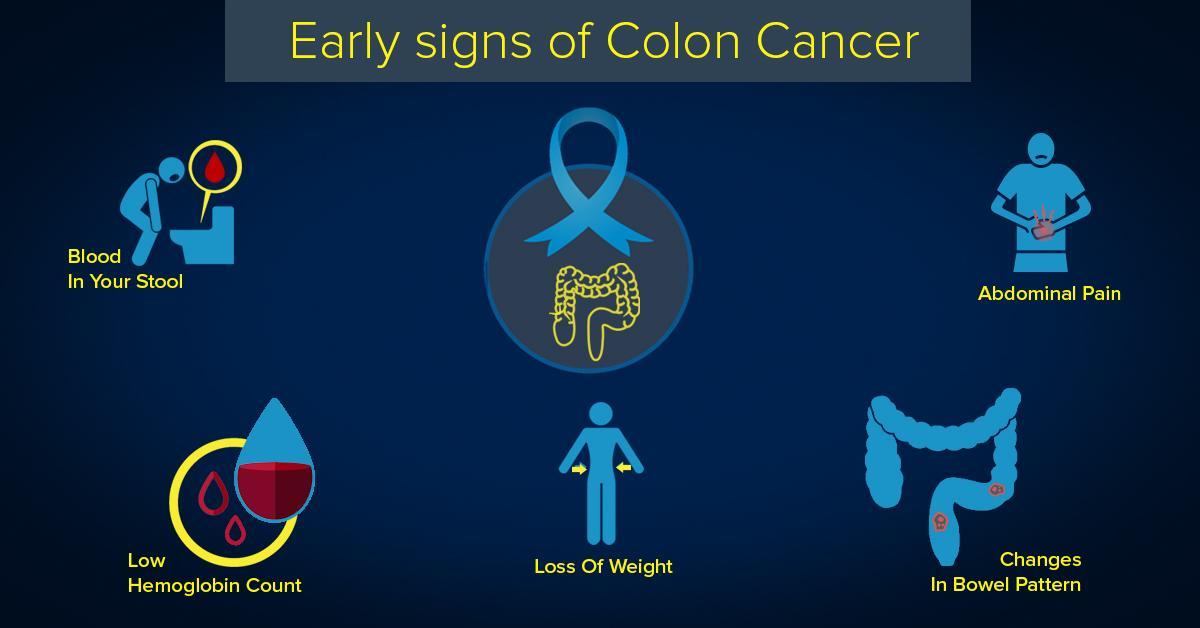
Various methods are used to diagnose adhesive disease: complete blood and urine tests, ultrasound examination of the pelvis, laparoscopy.
Treatment of adhesive disease can be conservative or surgical. The main task is to eliminate symptoms, prevent relapses and preserve the reproductive function of a woman.
It is important to know that proper and timely treatment of adhesive disease can significantly improve a woman’s quality of life, as well as avoid possible complications and health consequences.
Systemic diseases
Some systemic diseases may be associated with pain in the lower abdomen and red blood during bowel movements. For example, Crohn’s disease and ulcerative colitis are both chronic bowel diseases that can cause inflammation in the gut. As a result, patients may experience pain in the lower abdomen and blood in the stool.
Other systemic diseases, such as systemic lupus erythematosus, can cause intestinal inflammation and ulcers.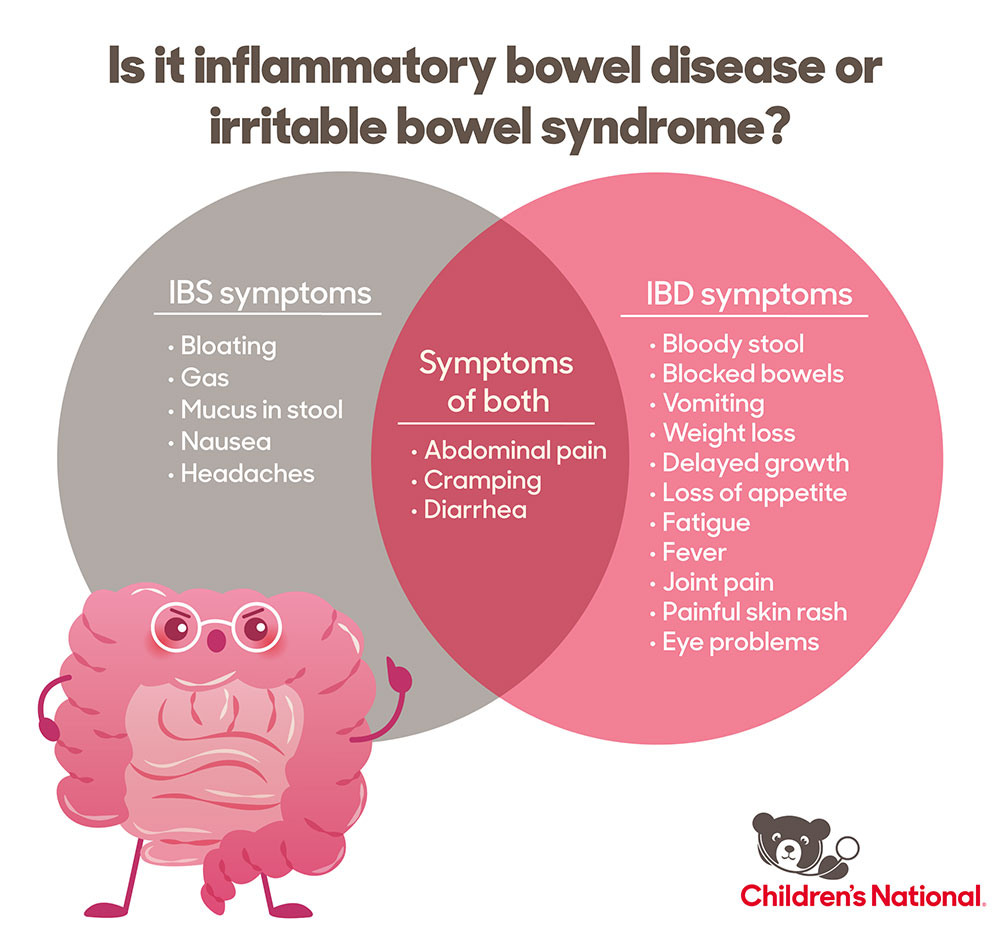 Patients with systemic lupus erythematosus may have other gastrointestinal symptoms such as nausea, vomiting, diarrhea, and abdominal pain.
Patients with systemic lupus erythematosus may have other gastrointestinal symptoms such as nausea, vomiting, diarrhea, and abdominal pain.
To diagnose systemic diseases that can cause pain in the lower abdomen and red blood during bowel movements, it is necessary to consult a gastroenterologist or rheumatologist. Typically, patients are scheduled for tests, including blood, urine, stool, and instrumental tests such as colonoscopy and x-rays.
Treatment of systemic diseases that cause pain in the lower abdomen and red blood on bowel movements usually includes medications such as antibiotics, anti-inflammatory drugs, immunosuppressants, and detoxifiers. In some cases, surgery may be required.
Taking medication
If you have pain in the lower abdomen and blood during bowel movements, you should consult a doctor to prescribe treatment and medication. Self-medication can only worsen the condition.
Most often, anti-inflammatory and antibacterial drugs are used for such symptoms. They help eliminate inflammation and destroy the bacteria that cause these symptoms.
They help eliminate inflammation and destroy the bacteria that cause these symptoms.
Motility medications may also be prescribed to help improve bowel movements and reduce pain.
In some cases, it may be necessary to prescribe rectal suppositories, which have anti-inflammatory and analgesic effects. They will help reduce pain and eliminate inflammation in the rectum.
It is important to remember that medications should only be taken as prescribed by a doctor and that the dosage and dosage recommendations should be followed.
It is also necessary to establish the exact cause of pain in the lower abdomen and blood during defecation, and treatment should be directed to its elimination. The doctor may order additional tests, such as a colonoscopy or ultrasound, to establish an accurate diagnosis and find the most effective treatment.
In any case, in case of pain in the lower abdomen and blood during bowel movements, it is necessary to consult a doctor and strictly follow his recommendations for treatment and medication.
Diagnosis of the causes
To determine the causes of pain in the lower abdomen and the presence of blood during bowel movements, it is necessary to consult a proctologist. He will conduct an inspection and determine the necessary set of studies.
- Visual inspection. The doctor can detect violations in the condition of the skin, the presence of cracks and ulcers, as well as determine the correct placement of the anus.
- Fecal analysis. Based on the analysis of feces, you can determine the presence of germs, infections, blood and other substances that can cause pain and increased bleeding.
- Colonoscopy. This study allows you to assess the condition layer by layer of the colon. In the presence of tumors, ulcers, peritonitis, they can be carefully examined with a biopsy.
- Other studies. For example, MRI, ultrasound, X-ray, to determine the presence of other diseases, genetic analysis can be performed.
After determining the cause of pain in the lower abdomen and the presence of blood during bowel movements, the doctor prescribes treatment.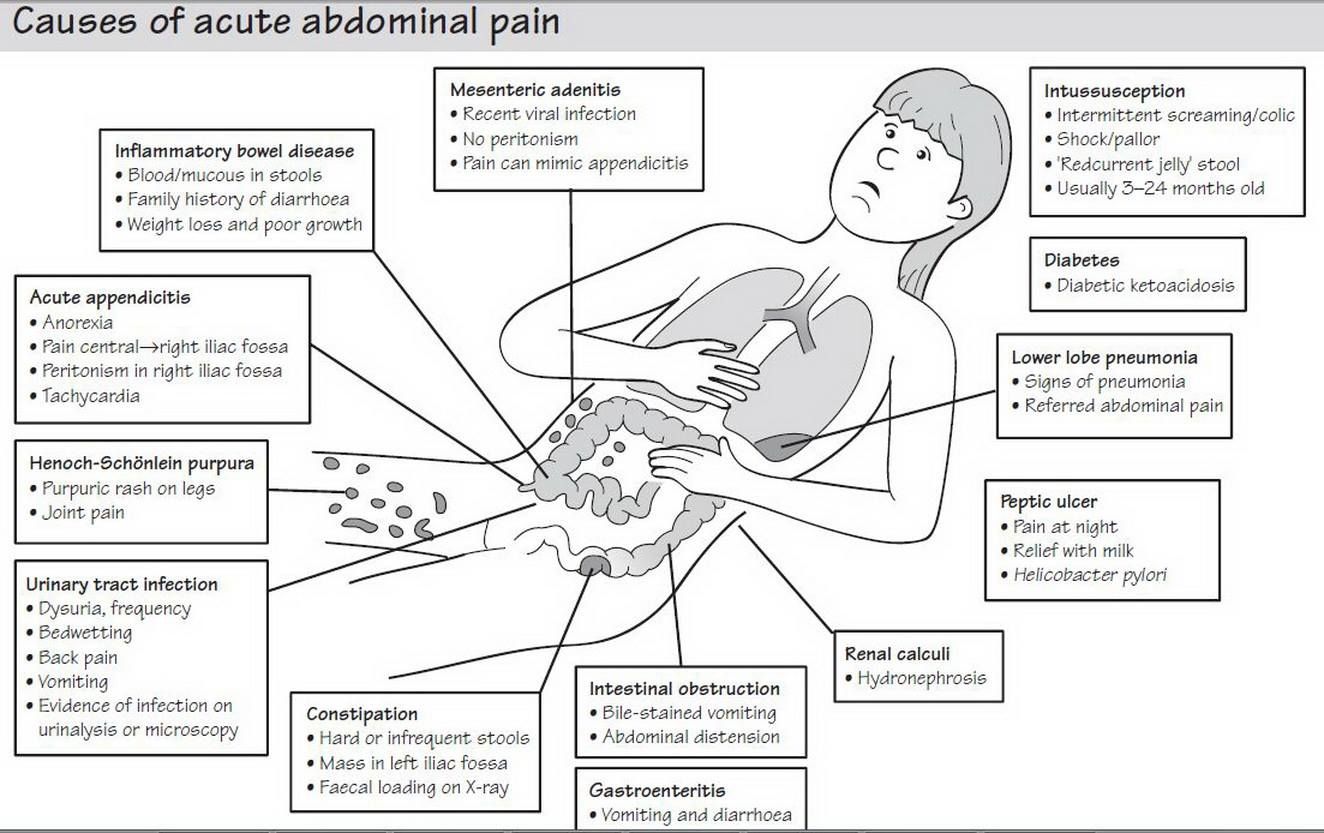

 It usually affects premature or newborn babies. The disease can cause:
It usually affects premature or newborn babies. The disease can cause:


